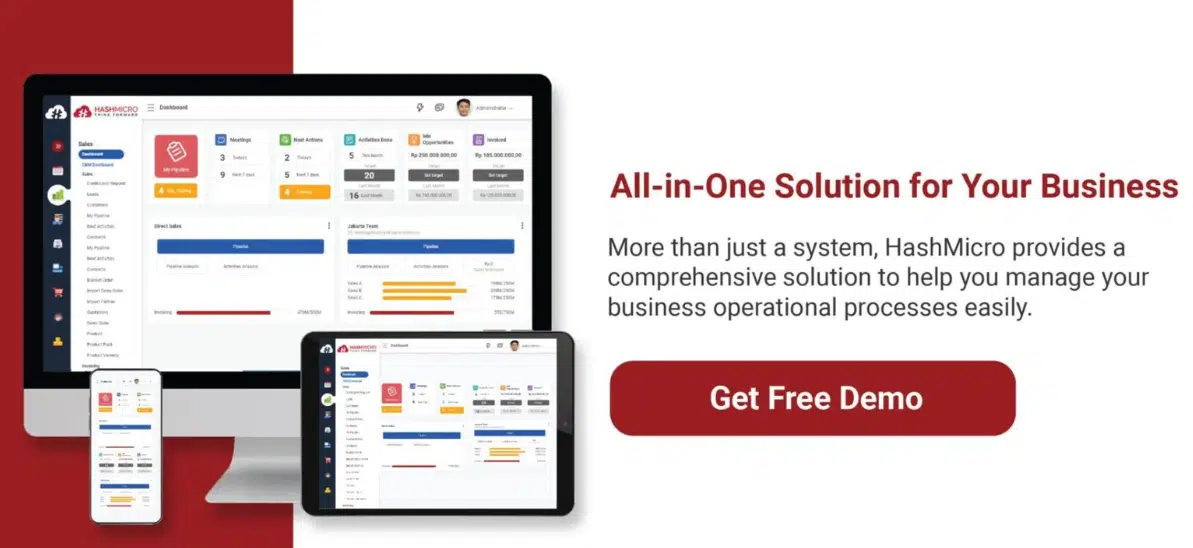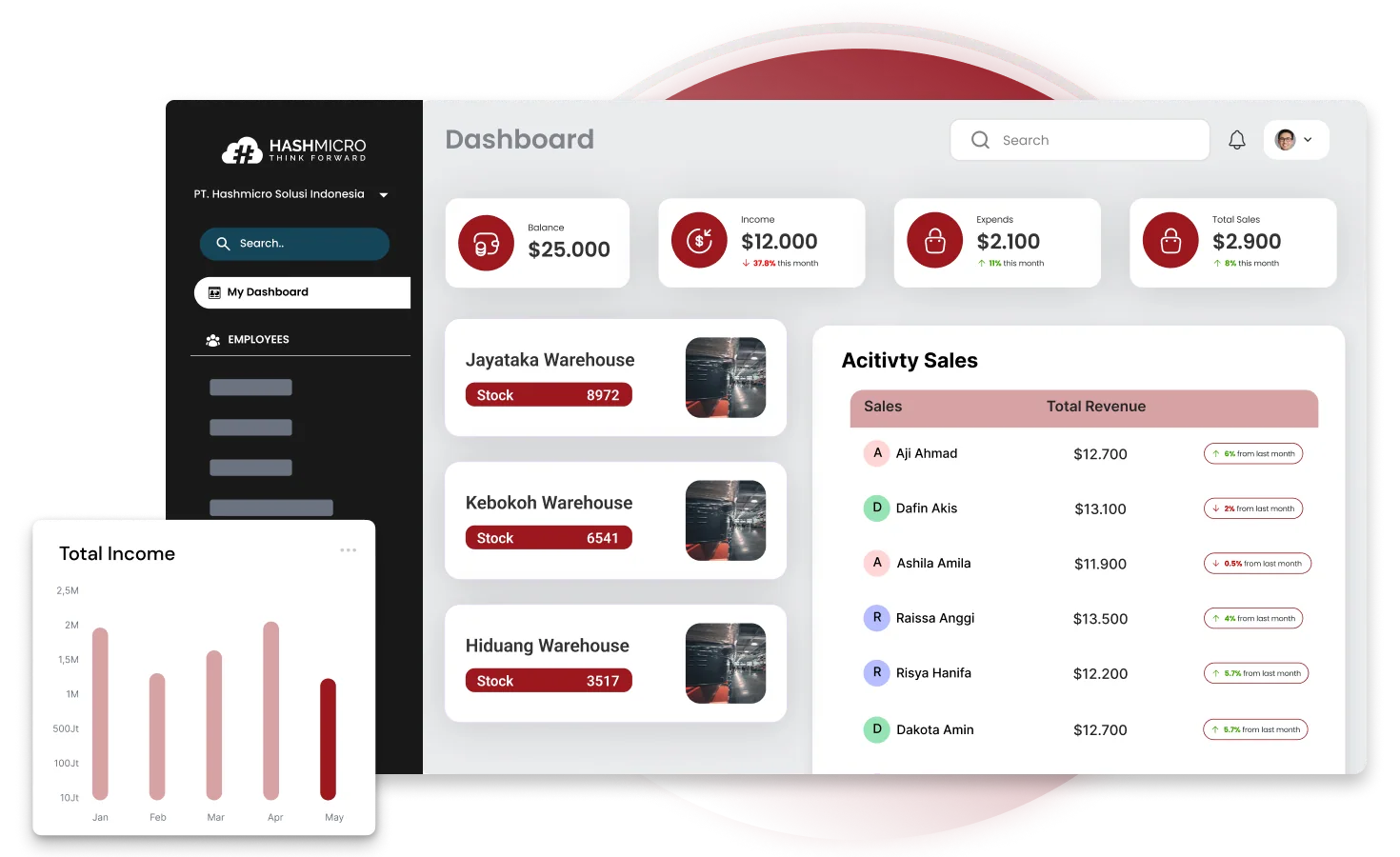Is your team hitting their targets, or are you just hoping they are? In today’s fast-paced business environment, many companies in Singapore face challenges aligning daily operations with strategic goals.
A report by Deloitte revealed that nearly 49% of companies felt their performance management processes were not an effective use of time, with only 10% believing it drove employee engagement and high performance. This lack of clarity can lead to misaligned priorities, wasted resources, and missed opportunities for growth.
Fortunately, KPI management gives businesses a focused, measurable way to track what matters most. By setting the right performance indicators, you can gain visibility, improve accountability, and drive smarter decision-making.
Many Singaporean companies are already leveraging structured KPI tracking to improve operations across departments. In this article, we’ll explore what KPI management really is, why it’s essential, and how to implement it effectively using the right digital tools.
Table of Content:
Table of Content
Key Takeaways
|
Definition of KPI Management
KPI management refers to the systematic process of setting, tracking, and analyzing key performance indicators—measurable values that reflect how well an organization is achieving its objectives. These indicators serve as benchmarks that guide teams toward specific goals while offering clear data to support decision-making.
In a well-structured business environment, KPIs help various departments such as finance, HR, sales, and marketing align with broader strategic priorities. Whether it’s monitoring customer acquisition cost or employee retention rate, KPIs ensure that progress is not only visible but actionable.
It’s important to note that KPIs differ from general metrics. While metrics may measure raw data, like server uptime or website visits, KPIs are tied to strategic outcomes. For example, tracking website uptime becomes a KPI when linked to revenue targets or customer satisfaction goals.
Effective KPI management relies on clarity and precision. Good KPIs are specific, measurable, and aligned with the company’s priorities. Without these qualities, KPIs may mislead rather than guide, creating confusion instead of actionable insights.
Why is KPI Management Important?
KPI management plays a vital role in aligning daily tasks with a company’s long-term goals. It ensures that every department, from sales to operations, moves in the same direction while tracking their unique contributions. This unified focus creates a more strategic and efficient workflow across the organization.
With consistent KPI tracking, companies gain insight into the overall health of their operations. Whether it’s monitoring financial performance or employee productivity, KPIs serve as a lens to spot early warning signs and highlight areas that need improvement.
In addition, KPI management provides a framework for accountability. When teams have access to clear performance indicators, it becomes easier to evaluate progress, encourage responsibility, and make timely adjustments. Managers can act proactively, using real data to guide their decisions.
Equally important, effective KPI management prompts regular evaluation of the KPIs themselves. It helps businesses determine whether they are measuring what truly matters and whether those metrics are aligned with evolving business objectives. This ongoing refinement ensures that KPIs remain relevant and results-driven.
Types of KPIs for Effective Performance Tracking
Key performance indicators are not one-size-fits-all. Businesses use different types depending on the objective, timeline, and operational focus. The common thread? Every KPI must tie back to your organisation’s broader strategic goals.
Strategic KPIs
These high-level KPIs focus on long-term business objectives. Often used by senior leadership, they offer a quick snapshot of the company’s overall performance. Common examples include return on investment (ROI), market share, or net profit margin.
Operational KPIs
Operational KPIs are geared toward short-term processes and day-to-day efficiency. These indicators are especially useful for tracking sales trends, supply chain costs, or average delivery time. Businesses monitor them closely to improve workflow and reduce waste.
Functional unit KPIs
Each department may have its own KPIs based on their role in the business. For instance, finance teams track gross profit margin or return on assets, while IT monitors system uptime or resolution speed. These are tailored to functional goals but can also align with strategic or operational priorities.
Leading and lagging KPIs
Effective KPI management includes understanding both leading and lagging indicators. Leading KPIs predict future outcomes like customer satisfaction scores hinting at future churn. Lagging KPIs, such as quarterly revenue, reflect past performance. A balanced mix of both offers a complete view.
How to Implement KPI Management Effectively
In today’s data-driven world, it’s easy to fall into the trap of tracking every available metric. But just because something can be measured doesn’t mean it should. Effective KPI management is about choosing indicators that drive real business outcomes—not just the most convenient numbers.
Focus on what matters most
With endless data at your fingertips, it’s tempting to track everything. However, effective KPI management starts with identifying only the metrics that directly impact your strategic business goals.
Understand how KPIs will be used
Before setting KPIs, talk to the teams who will use them. Their input ensures that the indicators are not only relevant but also useful in day-to-day decision-making. This step helps align measurement with actual business needs.
Tie KPIs to strategic objectives
No matter the department, be it HR, finance, or sales, every KPI should ladder up to company-wide goals. If an indicator doesn’t support long-term targets, it’s likely just extra data taking up space in your dashboard.
Apply the SMART method
The best KPIs are Specific, Measurable, Attainable, Realistic, and Time-bound. Examples include “increase monthly recurring revenue by 7%” or “reduce employee turnover by 15% within six months.” Vague goals lead to unclear results.
Ensure clarity and accessibility
KPIs should be clear enough for everyone in the organisation to understand. Teams act faster and more confidently when they grasp what’s being measured and why. This is especially crucial in systems like an HRM system, where performance and workforce efficiency are closely tracked.
Review and refine regularly
Business goals change, and your KPIs should too. Plan periodic reviews to remove outdated indicators and replace them with new ones that reflect your evolving priorities. Flexibility helps keep your measurement relevant.
Don’t fall into KPI overload
Just because you can measure it doesn’t mean you should. Tracking too many indicators makes it harder to see what really matters. Limit your focus to the key performance indicators that truly reflect business success.
If you’re interested in simplifying performance tracking through automation and better visibility, explore HashMicro’s KPI tools by clicking the banner below to find out the pricing for your business.
Optimize KPI Management with HashMicro ERP
To maximize the effectiveness of your key performance indicators, having the right tools is essential. Imagine a system that tracks KPIs automatically while helping you align goals across departments. That’s exactly what HashMicro’s ERP system offers.
HashMicro provides cloud-based ERP solutions tailored for various industries, especially retail. With more than 2,000 clients across Southeast Asia, it has become a trusted choice for businesses looking for scalable and connected systems.
HashMicro provides powerful features to help you:
- Real-time KPI dashboards: No more guessing or delayed updates. Access live performance metrics from all departments, finance, sales, HR, and more, so you can make timely, data-driven decisions without digging through spreadsheets.
- KPI target setting and monitoring: Easily assign, monitor, and adjust targets per department or employee. This keeps everyone aligned with company objectives, ensuring that progress is always tracked clearly and fairly.
- Performance analytics by department: Drill down into functional metrics like project management KPIs or inventory turnover. See which teams are performing well and which need support, all with easy-to-read insights.
- Automated reporting: Generate weekly, monthly, or quarterly KPI reports with a few clicks. HashMicro simplifies reporting by automatically compiling relevant data from your operations into professional reports.
- Threshold alerts and notifications: Stay ahead of potential issues with real-time alerts when KPIs fall outside your target ranges. This allows managers to react quickly and adjust strategies before performance dips.
HashMicro automates KPI monitoring across your entire organisation, eliminating the need for manual tracking and ensuring that goals remain at the center of your operations.
Beyond just data collection, HashMicro’s ERP system enables consistent alignment, smarter goal-setting, and faster decision-making. It gives Singaporean businesses the edge they need to stay competitive in today’s fast-paced market.
Conclusion
KPI management plays a crucial role in aligning business performance with strategic goals. From tracking operational efficiency to identifying areas for improvement, a well-structured KPI system empowers businesses in Singapore to make informed decisions and stay competitive.
HashMicro’s ERP system provides a centralized platform to streamline KPI management across departments. With features like real-time dashboards, automated reporting, and alert notifications, it eliminates the guesswork and manual effort behind performance tracking.
Ready to gain full visibility into your business’s performance? Book a free demo today and see how HashMicro can transform the way you manage KPIs.
FAQ About KPI Management
-
How often should KPIs be reviewed or updated?
While the review frequency depends on the type of KPI, a general rule is to assess operational KPIs monthly and strategic KPIs quarterly. Regular reviews ensure the metrics remain aligned with current business objectives and reflect changes in the market or company direction.
-
What should I do if a department consistently fails to meet its KPIs?
Start by diagnosing the root cause. This could be unrealistic targets, lack of resources, or unclear processes. Once identified, consider revising the KPI, providing additional support, or restructuring workflows to improve performance gradually.
-
Can KPIs be qualitative, or must they always be numerical?
While KPIs are typically quantitative, certain qualitative indicators can be tracked using structured scoring systems. For example, employee engagement can be measured using survey scores or customer satisfaction through sentiment analysis.
-
What is the difference between KPIs and OKRs?
KPIs are performance indicators that measure success against a target. OKRs (Objectives and Key Results), on the other hand, define broader goals and link them to measurable outcomes. KPIs are often embedded within OKRs to track progress more precisely.
-
How do I introduce KPI management to a team unfamiliar with it?
Begin with training sessions that explain what KPIs are, why they matter, and how they support business growth. Use simple, relatable examples and involve team members in the KPI-setting process to build ownership and alignment from the start.




































